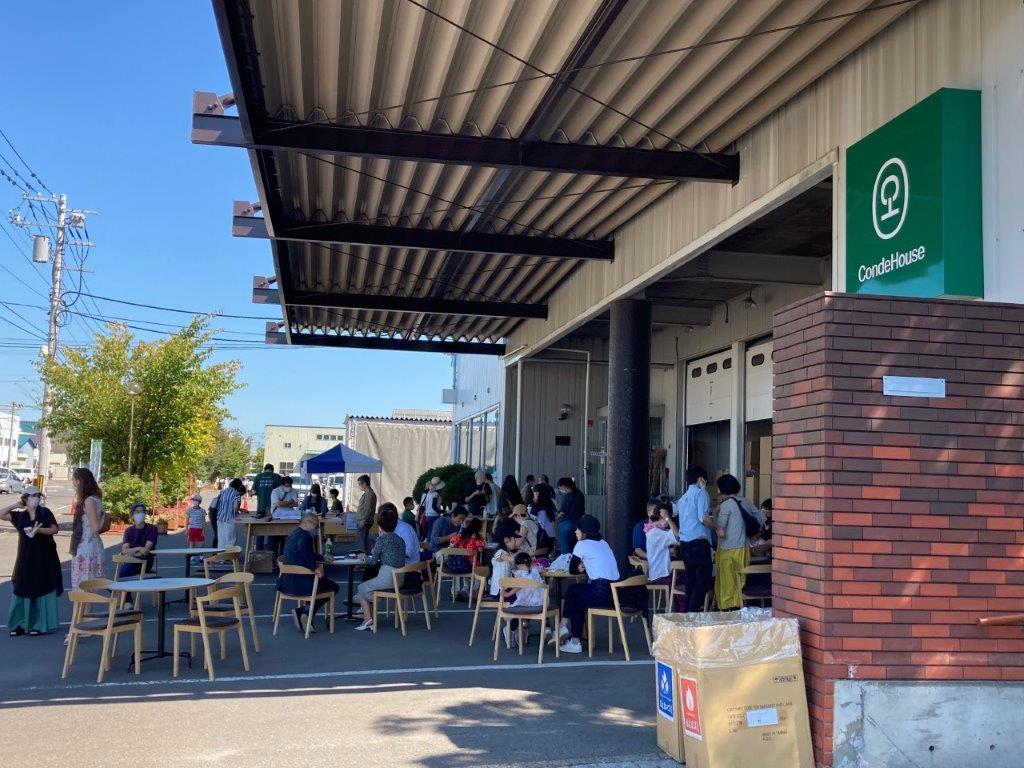Our general impression on the sea of trees in the foot of Mt. Fuji
Even if you have not been to Japan before, I believe many of you have heard the name of the highest and most beautiful mountain in Japan. Yes, it’s Mt. Fuji, or Fujiyama, but do you know that the sea of trees around Mt. Fuji is very famous as a suicide spot. As I studied the reason, I found it was because of a TV drama that was very popular in 1960s. What a big influence! Even now, when we hear the name of the sea of trees, what comes up first in our mind is suicide. Now that you’ve known that the sea of trees is a famous suicide spot, the above image may look very creepy, but it was well-known as a beautiful scenic site before the TV drama was aired.
Recently, I just happened to watch a YouTube video about the sea of trees by an expert guide. His explanation is very interesting. For example, do you notice anything peculiar in the above image of the big forest at the bottom of Mt. Fuji? It’s moss. You can see a lot of moss on the ground. It grows on the surface of tree roots crawling on the ground. The forest soil is made of lava. The lava soil is so hard and well-drained that trees can’t collect and keep water from their roots without moss. While listening to the explanation, my impression on the sea of trees has been changing a lot. This is what our impression is in general. It’s so uncertain. Ovservation guidance (or how to show) is sometimes more important than oversavation objects themselves.
Little things may make a big impression
I have written some articles about Japanese school events so far, and today, let me share another one, which is about a school educational trip. It’s different from a school trip and a school day trip. Those two trips are just for fun, but a school educational trip is positioned more as a part of education. Kids are expected to broaden and deepen their knowledge by visiting factories, workplaces, etc. once or twice a year.
What I clearly remember are a Coca-Cola factory and a bread factory. After the factory tours, we were given a cold Coke in the former; fresh-baked bread in the latter. Eating (except lunch) and drinking (except tap water) were strictly prohibited in school, and so, we felt so naughty and enjoyed it. Of course, my impression on both factories are still good. You see, how to show is so important.
Our hometown is famous as a furniture production area, and most of the elementary schools here choose a furniture factory for one of their educational trip destinations. I must have visited a factory or two but rarely remember how it was like. The only impression I had is “It’s a place filled with a lot of wood dust.” What we should remember here is children are the future customers and human resources of a brand. In that sense, we have to pay attention to the visit of school kids as well.
We still often have accepted school educational trips, and I sometimes hear the cheerful voice of children visiting our factory and shop. We have systematized a factory tour and continued to improve the contents every day. It’s not only for our customers but for the school kids coming on an educational trip, and I’m sure you can enjoy it as well!







Shungo Ijima
He is travelling around the world. His passion is to explain Japan to the world, from the unique viewpoint accumulated through his career: overseas posting, MBA holder, former official of the Ministry of Finance.

